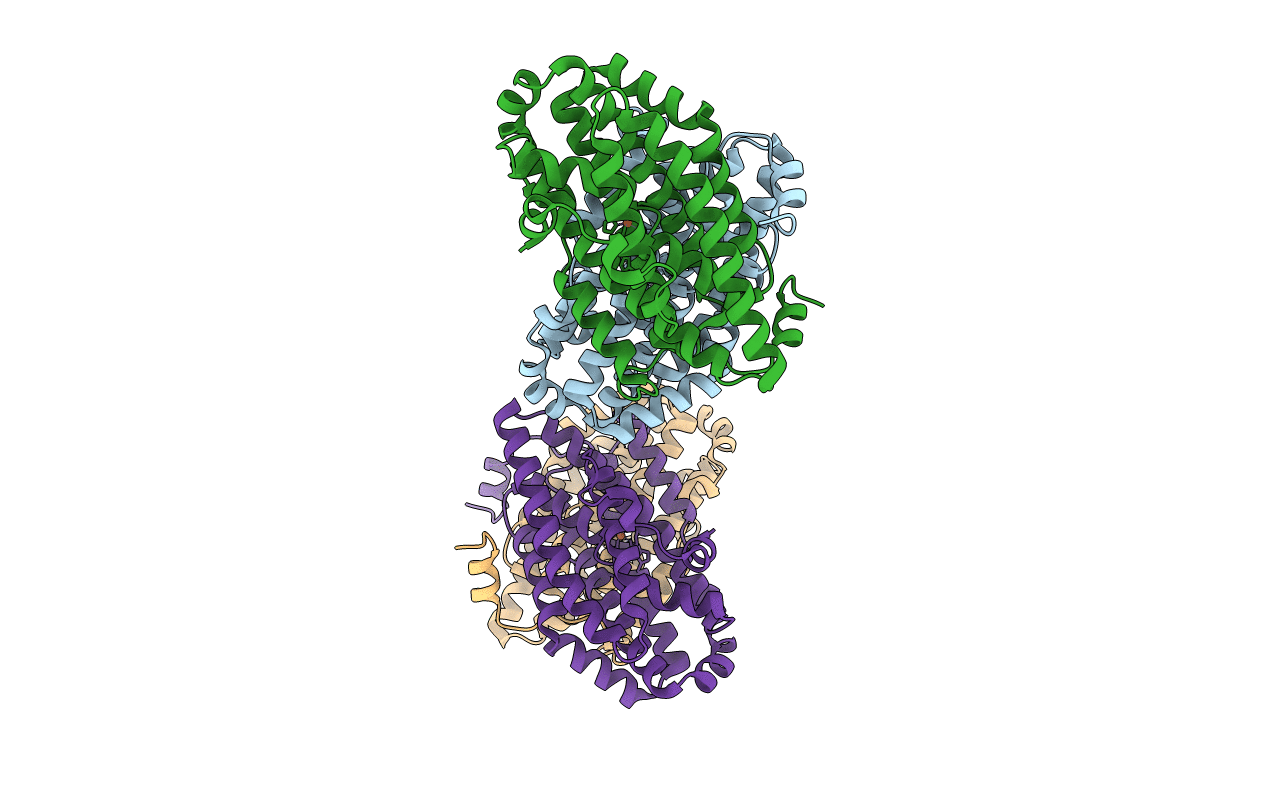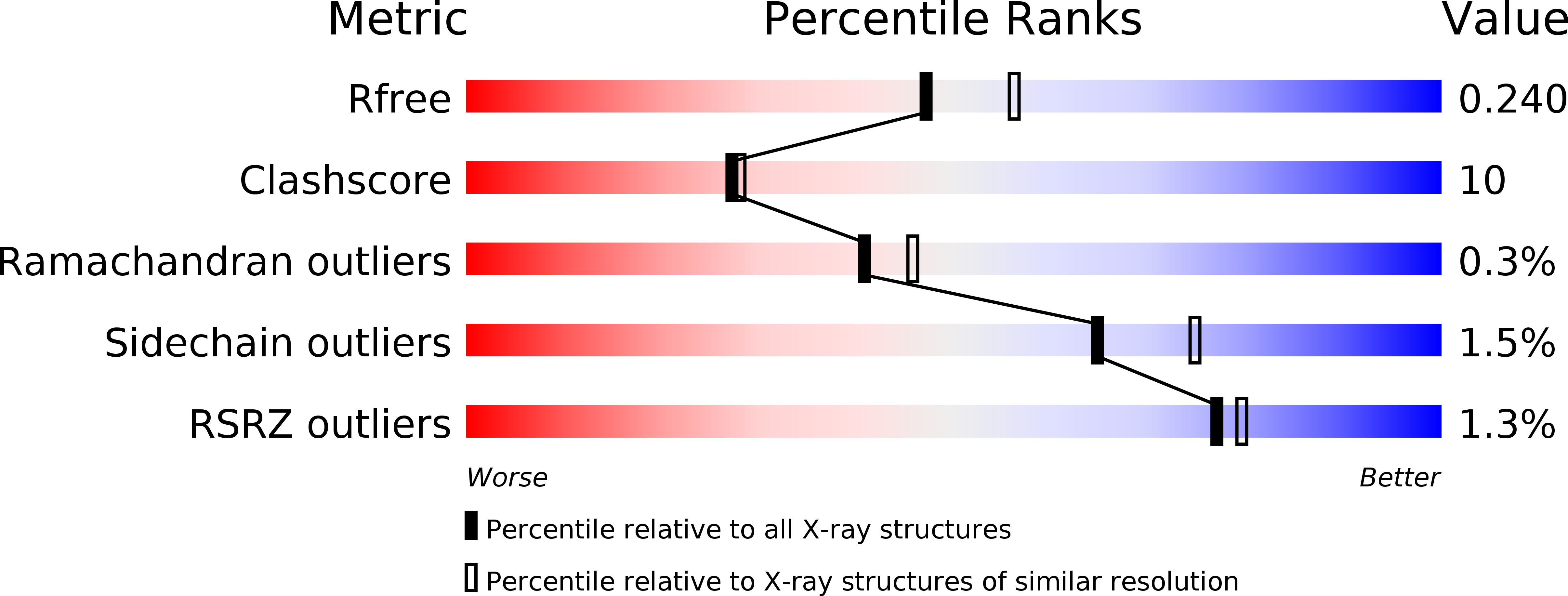
Deposition Date
2001-11-28
Release Date
2001-12-21
Last Version Date
2024-03-13
Entry Detail
PDB ID:
1KGO
Keywords:
Title:
R2F from Corynebacterium Ammoniagenes in its reduced, Fe containing, form
Biological Source:
Source Organism:
Corynebacterium ammoniagenes (Taxon ID: 1697)
Host Organism:
Method Details:
Experimental Method:
Resolution:
2.25 Å
R-Value Free:
0.23
R-Value Work:
0.16
R-Value Observed:
0.16
Space Group:
P 1 21 1


